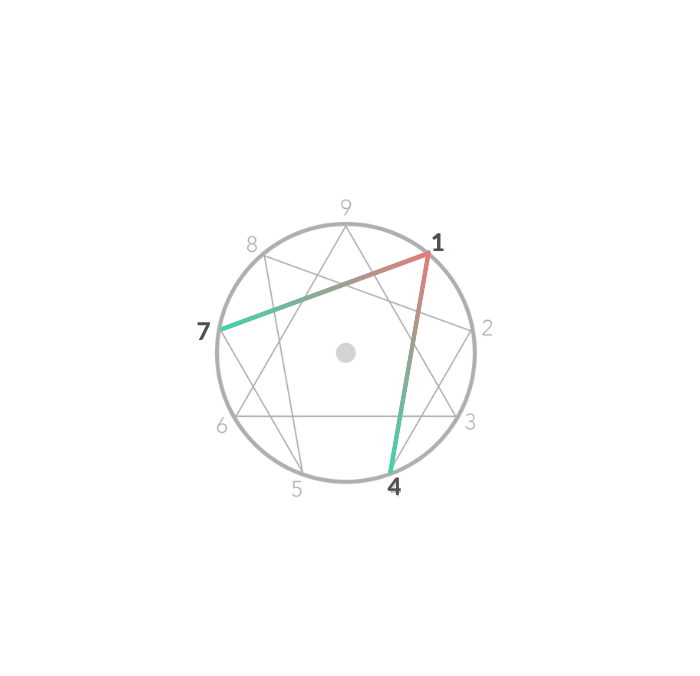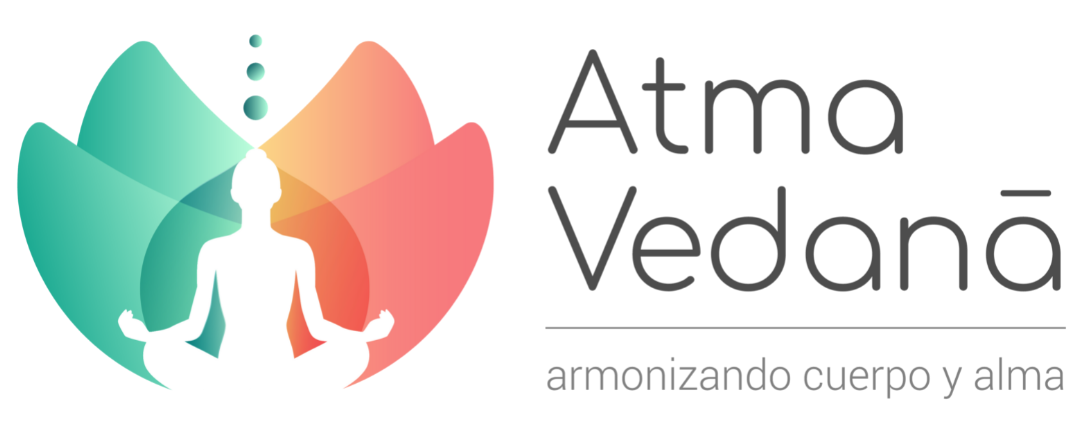Enneatype 1
Anger • Tolerance
Birth injury refers to an emotional or psychological wound experienced in the first years of life, particularly during early childhood. This wound originates in family experiences and dynamics and can leave a deep mark on the personality and the way a person relates to self and others.
Birth Wound: Feeling of inadequacy and imperfection.
Enneatype 1’s birth wound can drive them to constantly strive for perfection and try to control their environment to avoid any mistakes or imperfections. It can also generate a sense of rigidity and a need to maintain strict order and structure in their life.
Shadow (weaknesses)
In imbalance, Enneatype 1’s are known for their mental rigidity, excessive criticism, tendency to unattainable perfectionism and a strong sense of self-demand.
Ego characteristics: Bitter, Arrogant, Dogmatic, Inflexible.
Idealizes: tends to idealize a world in which perfection, justice and righteousness reign. They seek to live according to their own ideals and expect others to follow them as well.
Desire: they wish to live in a world where everything is in order, where rules and standards are followed and where integrity and ethics are maintained. They long to be upright and fair people.
Avoidant: tends to avoid error, chaos, disorganization and anything that goes against their moral standards. They avoid irresponsible, unjust or immoral behavior.
Their greatest fear: Enneotype 1’s greatest fear is making mistakes, acting incorrectly or immorally, and being seen as negligent or irresponsible. They fear criticism and judgment from others.
Defense mechanism: Repression is a defense mechanism commonly used by Enneatype 1. They repress or deny any aspect of themselves that does not meet their ideals of perfection and righteousness.
Resists: Enneatype 1 tends to resist indulgence, lack of discipline and anything that goes against their principles and values. They may resist relaxing or enjoying worldly pleasures if they feel it may divert them from their pursuit of perfection.
Self-image: Enneatype 1’s self-image is usually that of a responsible, fair, upright and responsible person. They seek to be perceived as people who always do the right thing and are examples of morality.
How they manipulate: they manipulate through constructive criticism or by pointing out the mistakes and faults of others. Their intention is usually to help others improve, but sometimes they may use this criticism as a form of control or to impose their own expectations.
Personality disorder (when very unbalanced): OCD
Light (qualities)
On balance Enneatype 1’s are known for their innate sense of integrity and commitment to ethical principles. They have a deep connection to what they believe is right and strive to live by their values.
Essential Characteristics: Passionate, Flexible, Visionary, Tolerant, Structured.
Essential Quality: Connects with their essential quality of Serenity, they experience a sense of inner balance and compassionate acceptance of both self and others. Serenity allows them to let go of the need to control everything and free themselves from constant criticism and judgment.
Vital Learning: Learning to accept imperfections, recognizing that absolute perfection is neither possible nor realistic, and allowing oneself to make mistakes and have failures. Learn to accept imperfections as a natural part of being human and take advantage of the lessons that can be learned from them.
Psychological challenge: How can I improve and be perfect if I accept myself as I am?
Discipline and responsibility: they are highly disciplined and responsible people. They tend to be organized, compliant and committed to their responsibilities and tasks. They are good at setting goals and following a plan to achieve their objectives.
Drive for improvement: they have a strong internal drive to improve both personally and in their environment. They are constructively self-critical and constantly seek ways to grow and develop. Their desire for perfection drives them to constantly strive for excellence.
Justice and fairness: they are innate advocates of justice and fairness. They are sensitive to injustices and strive to correct them. They work to ensure that rules and standards are applied fairly and equitably for all.
Why know your ego
Knowing their ego allows the Enneatype 1 to have a greater self-awareness of dysfunctional patterns, in order to cultivate compassion and self-acceptance, improve their interpersonal relationships and embark on a path of personal growth and transformation.
Triad
In the Enneagram, the “triad” refers to one of the fundamental aspects of the enneatype that are classified into three main groups. These clusters represent three centers of intelligence or predominant approaches to processing information and coping with the world. Each of these clusters is associated with three specific personality types.
Viceral triad: Enneatype 1 belongs to the Instinct or Action triad. The Instinct triad is characterized by a stronger connection to the body and is motivated by the need for security, survival and self-affirmation. Enneatypes in this triad tend to be more in touch with their basic drives and needs.
Centering: Connects with the positive qualities of Enneatype 7. In this state of balance, Enneatype 1 may experience a greater openness to fun, spontaneity and the pursuit of positive experiences. They can allow themselves to relax and enjoy life, letting go of the constant need for perfection and self-demand.
Decenteredness: Tends to become decentered toward Enneatype 4. In times of stress or imbalance, they may adopt negative characteristics of Enneatype 4, such as becoming more self-critical, melancholic or dissatisfied with themselves and the world around them. They may experience increased emotional sensitivity and a tendency to seek perfection in an effort to avoid feeling flawed or inadequate.

Enneatype 1
Characteristics
Lost message in childhood
Triad
Fixing
Passion
The passion of Enneatype 1 is anger or rage. Individuals of this enneotype experience a strong sense of outrage and frustration when things do not meet their high standards or when they perceive injustice.
What is your focus
Principal motivation
Unconscious message received during childhood

EnNeatYpE1
Wings
Enneatype 1 may have wings that refer to adjacent numbers on the enneatype circle, i.e., enneatype 9 and enneatype 2. Wings are subtypes that influence the personality and behavior of the main enneatype, in this case, Enneatype 1.
The enneotype 1 wing with a tendency to enneotype 9:
may exhibit softer and calmer traits. Ones with a Nine wing may have a greater ability to relax and enjoy the present. They are more likely to seek peace and harmony, and may have a broader and more tolerant view of things.
The enneotype 1 wing with a tendency to enneotype 2:
puede mostrar rasgos más amables y serviciales. Los Uno con ala Dos pueden tener un fuerte sentido de la responsabilidad hacia los demás y pueden ser más propensos a involucrarse en actividades de servicio y ayuda a los demás. Son cuidadores y defensores de los necesitados.

